
Google even congratulates me, but I cannot find a way to say thanks to them personally.
1. Ignore them
Yes, I know, totally rude. But that really is like it was in the old days. We would get the cards, but we would never send one back. Or did you? I sure did not. But now, we would consider that rude. Or at least, I would. Why? Because there is a difference in the way I congratulate you through social media. It is like shaking your hand. And I wouldn’t like it if I would shake your hand and congratulate you, with you doing something completely different at the same time and ignoring me. So, for me, the first option is probably the worst.
2. Send a general thank you message
This is something that has been getting popular lately. Messages like “I want to thank everyone who has congratulated me today, and I am so overwhelmed by the amount of reactions that I cannot possibly answer to all of them personally.” It seems like a nice thing to do. But is it? I doubt it. There are countless people that have taken time out of their busy schedule to acknowledge your existence and to send you their best wishes. So, how do you repay them? By getting up in a crowded room and saying “Thanks folks, it is great that you all want to shake my hand, but I am not going to shake yours.” Again, that does not really feel good, now does it?
3. Acknowledge the congratulations, then do a general message
Another option. You can like, favorite, +1 or otherwise acknowledge the question. That at least gives people the general idea that you have seen that they want to congratulate you. But you are still not actually interacting with them. It is sitting at your desk, doing your work while sticking your left hand out and keeping your head down so people can shake your hand but not disturb you wile doing it. And then the next morning you get up and say “Oh, yes and thanks everyone who shook my hand. You know who you are and I appreciate it.” Yeah, right. Like I am going to come up to shake that hand again.
4. Thank them. Personally.
For me, this is the only option. People are initiating a conversation with me. They are sticking their hands out waiting to shake mine. So I need to grab theirs and shake them, look them in the eye and respond to them. There really is no other way. You might think I have nothing better to do, but in reality, I love it when people take time out of their busy schedule to show me they appreciate me. Even though it has been a quickly scribbled message on Facebook, Twitter, Google Plus, LinkedIn, Ello or another network. By responding, I make sure that they know I appreciate them too. So, yes, this is taking time, but it is also a great way to get back in touch.
Want to test it? Drop me a message. I will respond to all of them personally. I promise. Though it might not be in the first 5 seconds. 😉



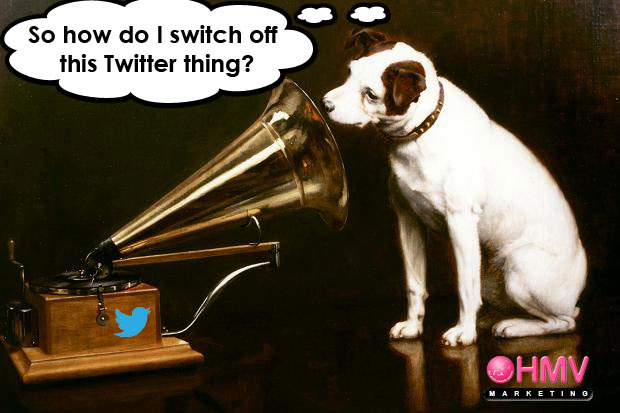
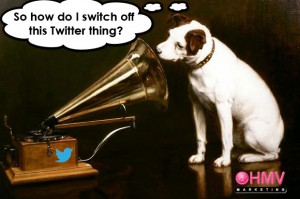
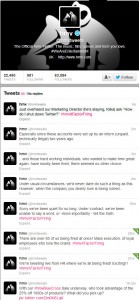
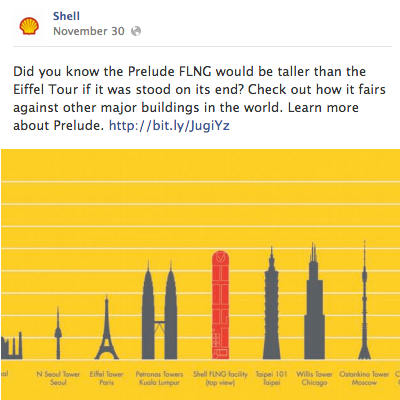
 Seriously, the Beatles have sung it so many times that anyone that sees the title can probably hum the tune to it. However, marketeers still do not seem to be able to understand that it is the truth. Especially in this age of social media. Money cannot buy you love. However hard you try. And lately we have seen many trying. Over the past weeks, Shell has often turned up in my Facebook timeline. They are talking about how wonderful they are. How much they care about the world and the environment. And only a day or two ago they posted the oil companies’ equivalent of the old boys game “who’s got the biggest”. (See image.) This morning I was greeted by the results of all their money spent. Three of my friends have liked their page. Pathetic.
Seriously, the Beatles have sung it so many times that anyone that sees the title can probably hum the tune to it. However, marketeers still do not seem to be able to understand that it is the truth. Especially in this age of social media. Money cannot buy you love. However hard you try. And lately we have seen many trying. Over the past weeks, Shell has often turned up in my Facebook timeline. They are talking about how wonderful they are. How much they care about the world and the environment. And only a day or two ago they posted the oil companies’ equivalent of the old boys game “who’s got the biggest”. (See image.) This morning I was greeted by the results of all their money spent. Three of my friends have liked their page. Pathetic.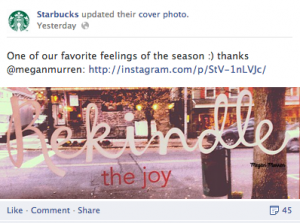 I know the comparison with coffee is going to be a big step. But for many, coffee used to be like I described fuels. At some point in time you will be craving a cup. You need it and you bought it whenever you want and wherever you are. And then Starbucks came along. They made buying coffee a rewarding experience. They put the love in it. And if you go to their
I know the comparison with coffee is going to be a big step. But for many, coffee used to be like I described fuels. At some point in time you will be craving a cup. You need it and you bought it whenever you want and wherever you are. And then Starbucks came along. They made buying coffee a rewarding experience. They put the love in it. And if you go to their 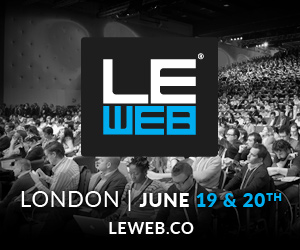

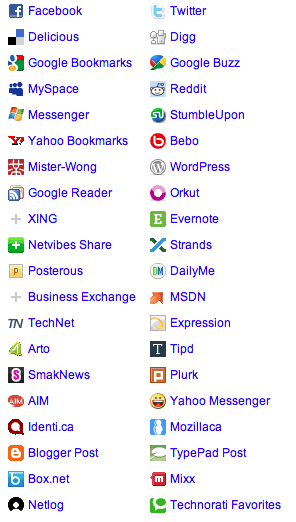
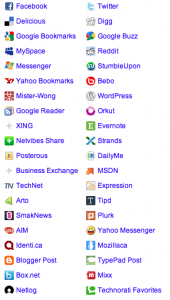 I talk to a lot of startups about various subjects. I like those talks. Most startup owners are passionate about their ideas. They all believe theirs is the best idea in the world. And they all go for world domination. Unfortunately, many of them are living in a dream world. A world where everyone flocks to their app, service or product. Just because it is so incredibly brilliant. But lets face it, it rarely works like that.
I talk to a lot of startups about various subjects. I like those talks. Most startup owners are passionate about their ideas. They all believe theirs is the best idea in the world. And they all go for world domination. Unfortunately, many of them are living in a dream world. A world where everyone flocks to their app, service or product. Just because it is so incredibly brilliant. But lets face it, it rarely works like that.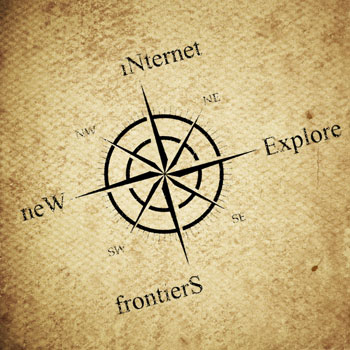
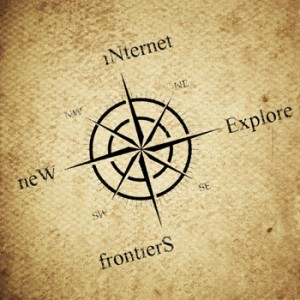 As I returned to IRC today for the first time in at least six years, it struck me. Back in 1994 I was on a unix terminal and I used the internet for at least six to eight hours a day. My phone bills were astronomical. But everything was new. Everything was exciting. The internet, though in black and white and text only in Lynx, was this huge new universe that spanned the earth and had an unsaturable urge to grow into all possible directions. Back in 1995 I blagged my way into one of the Netherlands biggest mail order furniture retailers and sat across their marketing director explaining him why they needed to take their business online. Needless to say that he thought I was a lunatic and that people would never buy their couch online. They went bankrupt last year.
As I returned to IRC today for the first time in at least six years, it struck me. Back in 1994 I was on a unix terminal and I used the internet for at least six to eight hours a day. My phone bills were astronomical. But everything was new. Everything was exciting. The internet, though in black and white and text only in Lynx, was this huge new universe that spanned the earth and had an unsaturable urge to grow into all possible directions. Back in 1995 I blagged my way into one of the Netherlands biggest mail order furniture retailers and sat across their marketing director explaining him why they needed to take their business online. Needless to say that he thought I was a lunatic and that people would never buy their couch online. They went bankrupt last year.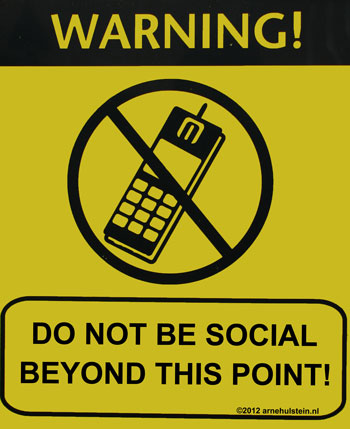
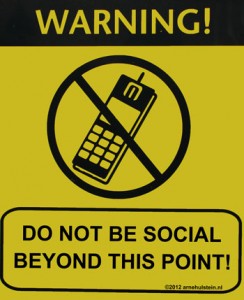 Amazing. It used to be that the motto for the Olympics was: “Participating is more important than winning”. But now that all seems to be changed. An article on photography website
Amazing. It used to be that the motto for the Olympics was: “Participating is more important than winning”. But now that all seems to be changed. An article on photography website 
 If you have read my previous post on Facebook, you might be inclined to think that I would advice any company against being on Facebook. But that is not the case. In fact, I strongly believe you need to be on Facebook.
If you have read my previous post on Facebook, you might be inclined to think that I would advice any company against being on Facebook. But that is not the case. In fact, I strongly believe you need to be on Facebook.
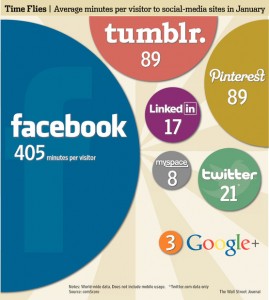 Ok, here it is: Facebook is not the holy grail in communicating with your customers. It is not even a nice place for ecommerce. And it is not just me that says this. There are actual statistics that say the same thing. Read on to find out why.
Ok, here it is: Facebook is not the holy grail in communicating with your customers. It is not even a nice place for ecommerce. And it is not just me that says this. There are actual statistics that say the same thing. Read on to find out why.
 Last Friday afternoon I got my Nokia Lumia 800 in. First impressions were of a great looking phone with a solid feel to it. The packaging was nice as well, so it all built up pretty nicely. After getting myself a micro sim, the test period was on. I had set myself the challenge to really use it as my only phone over the coming weeks, to see how it would stack up to the iPhone and my Nexus S. Due to something missing on my Lumia, Nokia is going to exchange my phone for another one. Nothing to alarming, but to be honest, I loved the sound of my Nexus S turning on again.
Last Friday afternoon I got my Nokia Lumia 800 in. First impressions were of a great looking phone with a solid feel to it. The packaging was nice as well, so it all built up pretty nicely. After getting myself a micro sim, the test period was on. I had set myself the challenge to really use it as my only phone over the coming weeks, to see how it would stack up to the iPhone and my Nexus S. Due to something missing on my Lumia, Nokia is going to exchange my phone for another one. Nothing to alarming, but to be honest, I loved the sound of my Nexus S turning on again. I love the future. I have loved it ever since I started reading. Technology is shaping our future fast. Back in 1985 I wrote my first computer program. Back in 1994 I launched my first website and I have been working with organizations on integrating new technology ever since.
I love the future. I have loved it ever since I started reading. Technology is shaping our future fast. Back in 1985 I wrote my first computer program. Back in 1994 I launched my first website and I have been working with organizations on integrating new technology ever since.








